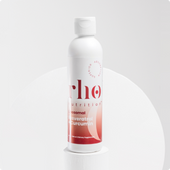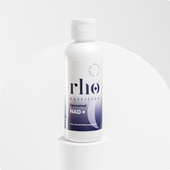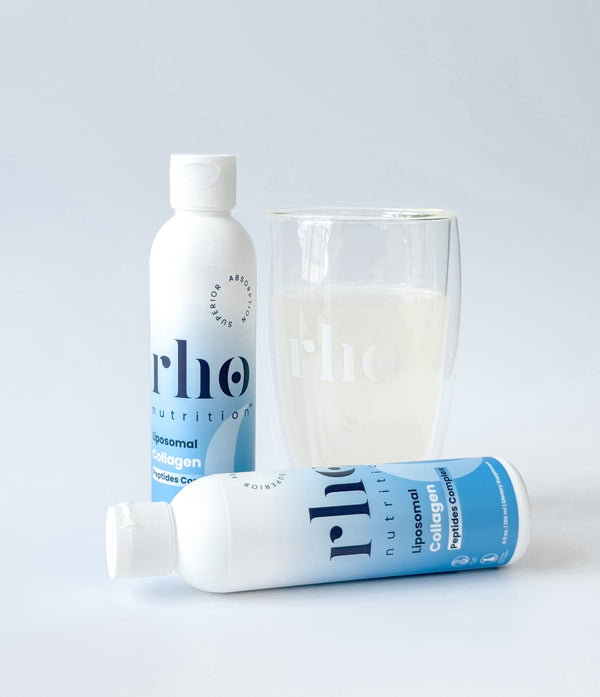When you shop for mineral supplements, you’ll often see terms like “chelated,” “glycinate,” or “carbonate.” These aren’t just fancy chemistry words—they actually describe how the minerals are prepared and how your body might handle them.
So what’s the real difference between chelated vs. regular minerals? And more importantly, does it matter for your health? Let’s break it down.
First Things First: What Are Mineral Supplements?
Minerals are essential nutrients your body can’t make on its own. You need them for everything from strong bones (calcium) to energy production (magnesium) to immune support (zinc).
While food should always come first, diet gaps are common—especially as we age, when absorption naturally becomes less efficient. That’s where supplements come in.
But not all mineral supplements are created equal. How a mineral is formulated can change how well it’s absorbed and how gentle it is on your digestive system.
Regular (Non-Chelated) Minerals
These are the traditional forms you’ve probably seen for decades:
-
Carbonates (like calcium carbonate)
-
Oxides (like magnesium oxide)
-
Sulfates (like iron sulfate or zinc sulfate)
Pros:
-
Cost-effective
-
High concentration of the mineral
-
Well-studied and widely available
Cons:
-
Sometimes harder on the stomach
-
May not absorb as efficiently for certain people
What Does “Chelated” Mean?
The word “chelate” comes from the Greek for “claw”—and that’s basically what happens here. The mineral is “clawed onto” (or bound to) another molecule, usually an amino acid like glycine.
This wrapping process can:
-
Protect the mineral as it travels through digestion
-
Make it easier for the body to recognize and absorb
-
Often feel gentler on sensitive stomachs
Common chelated forms:
-
Magnesium bisglycinate (two glycine molecules bound to magnesium)
-
Iron bisglycinate
-
Zinc picolinate
-
Calcium citrate (technically a chelate using citric acid)
Chelated vs. Regular: The Key Differences
In simple terms, regular minerals tend to be more affordable, highly concentrated, and widely available, but they can sometimes be tougher on digestion and less efficiently absorbed. Chelated minerals, on the other hand, are bound to amino acids or acids, which may improve absorption and reduce digestive discomfort. The trade-off? They usually contain less elemental mineral per dose and cost more to manufacture, which makes them more expensive on the shelf. Both can be effective—it really comes down to your body’s needs, tolerance, and budget.
Where Rho Nutrition Comes In
At Rho, we take the guesswork out by combining chelated forms with liposomal delivery—a double layer of support for absorption and gentleness.
For example:
-
Rho’s Liposomal Magnesium uses magnesium bisglycinate, a chelated form known for better absorption and fewer digestive issues. The liposomal delivery system further enhances how efficiently it gets into your cells.
This approach means you’re not just getting a mineral—you’re getting a mineral designed to actually work for your body.
Mythbuster: Are Regular Minerals “Bad”?
Nope. Regular minerals like calcium carbonate and magnesium oxide are still effective, widely used, and backed by decades of research. The key difference is that some people simply tolerate or absorb chelated forms better.
It’s less about “good vs. bad” and more about what your body needs and can handle.
FAQs
Q: Are chelated minerals always better?
Not always. While chelation can improve absorption and gentleness, the best form depends on your individual health, diet, and digestive system.
Q: Why are chelated minerals more expensive?
The manufacturing process is more complex, which adds cost. Many people find the benefits worth the investment.
Q: Do I still need to take minerals with food?
It depends on the mineral. Some (like iron) can be better absorbed on an empty stomach, while others (like calcium) often absorb better with food. Always follow the product’s instructions.
Key Takeaway
Both chelated and regular minerals can support your health—but they aren’t identical. Chelated minerals may offer better absorption and be gentler on the stomach, while regular forms are cost-effective and widely available.
Rho Nutrition bridges the gap by pairing chelated minerals with liposomal delivery, supporting your body to actually use the nutrients you’re investing in.
As always, talk with your healthcare provider about which form makes sense for you.
FDA Disclaimer: These statements have not been evaluated by the Food and Drug Administration. This information is not intended to diagnose, treat, cure, or prevent any disease.













Leave a comment